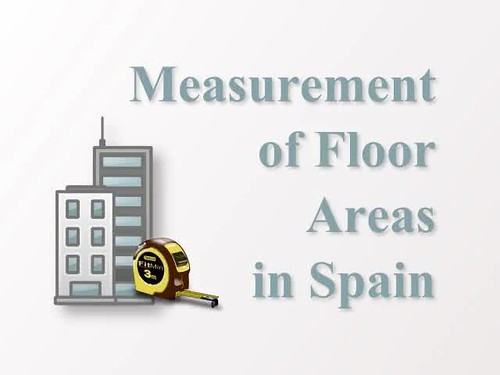Legalization of Construction Works in Andalusia (I)
Legalization or Replacement. Procedure. Inspection Plans.
Between the provisions established by Decree 60/2010, about Regulation of Urban Infractions in Andalusia, are those governing the legalization of construction works performed with no license or violating the conditions in a granted license.
Legalization or Replacement
In Andalusia, if an act of urbanization, construction, or installation is subject to prior planning permission and is eventually performed without it, or against the conditions in a granted permit, the City Council shall order the immediate suspension of the works. After the suspension, the restoration of the disturbed legal order must be performed by one between the following procedures:
- if the performed works are compatible with current urban planning, through the Legalization of the Works
- if the performed works are not compatible with urban planning, through the Replacement of the Physical Reality to its original state.
All of the above also applies in the case of acts performed in breach of the terms of an Order by the City Council.
Procedure for the Protection of the Urban Law
If the works performed with no license, or against the conditions in a granted license, are compatible with current urban planning, the developer must be required to apply for the legalization or, where appropriate, to fit the performed works to the granted permit. If the developer chooses to legalize, he will have two months to apply for it; however, if the performance is very complex, he can apply for extend this period for two additional months.
Municipal Plans for Urban Inspections
According Andalusian Decree 60/2010, every Municipal Plan for Urban Inspections should count with an inventory containing, for each class and category of land, a relationship of buildings, settlements and other actions which must be subject to legalization, in conformity with all applicable territorial and urban planning regulations.
Architect Daniel Trujillano
Legalization Documents for Buildings in Andalusia





